Here you will find information on how to decode serial numbers and production numbers on CED discs and players.
Player Serial Numbers
First lets decode the RCA player serial number.
The 9 digit number is found on the serial number label on the back panel of the player and also inside on the front or side of the chassis.
The first digit is the year. 1980- 1984. Example a 2 is 1982.
The second and third digits are the week. Example 14 – a week in March.
The fourth digit is the day of the week – Sunday = 1.
The fifth digit is the player production line – a 1 or 2 or 3.
The remaining 4 digits are the player ID number.
Serial number example: 213231905
This player was made in 1982, 13th week on a Monday on line 3 and the ID is 1905.
To locate the week here is a calendar with week numbers.
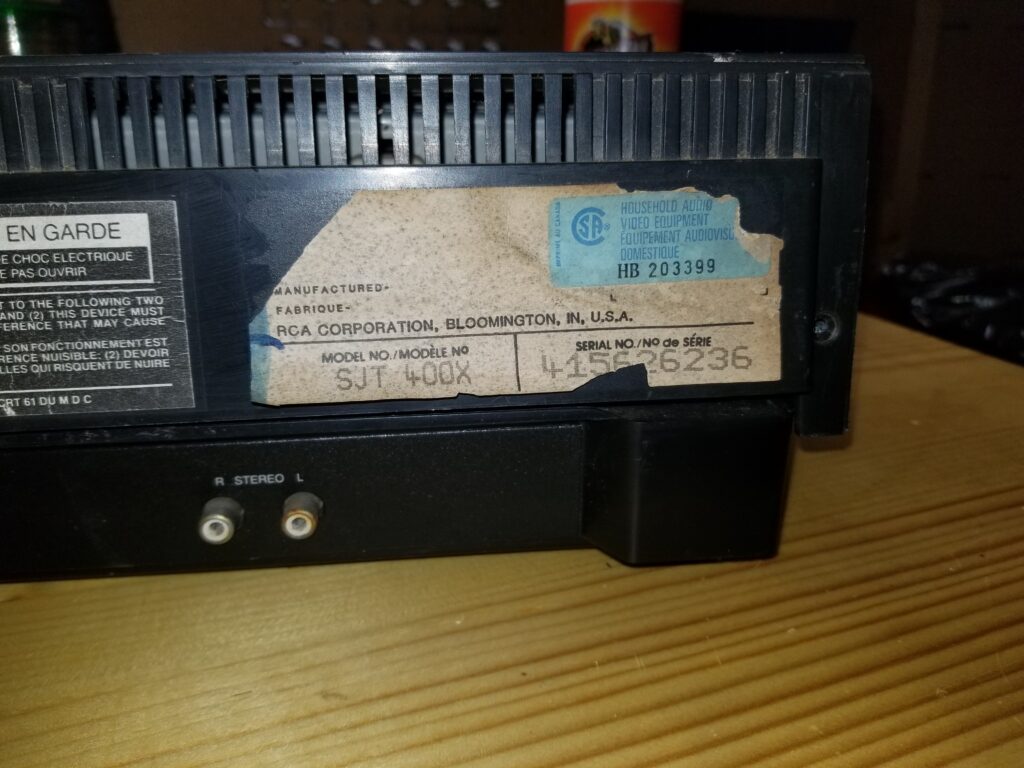
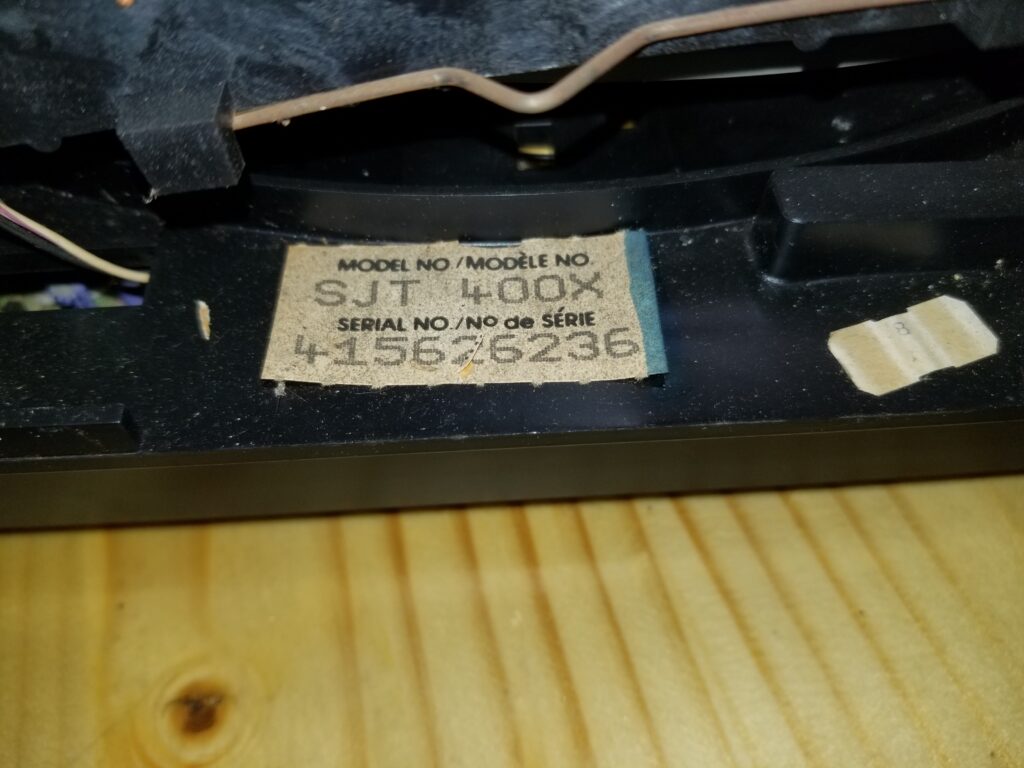
Disc Pressing Numbers
John Stevens had given me some decoding information for the numbers pressed into the disc itself.
So first we must know how the disc is made. Starting with step 1.
1. Aluminum Blank – the plate which is coated with copper.
2. Copper substrate – the copper coated plate into which the grooves are cut.
3. Recorded substrate – the copper coated plate after the grooves are cut.
4. Master – a negative replica of the final disc surface electroformed from nickel to a thickness of 0.015-inch.
5. Mold – or Mother, – a positive replica of the final disc surface electroformed from nickel to a thickness of 0.015-inch. A number of molds are made in the videodisc manufacturing process.
6. Stamper – a negative replica of the final disc surface electroformed from nickel to a thickness of 0.0075-inch. A number of stampers are made from each mold, and the stampers are used to compression mold the final disc.
So that said the numbers stamped on the disc would be as follows.
60=60 cycle (US NTSC)
50=50 cycle (European PAL)
B=Bilingual or dual audio channels
M=Monaural (1 channel) audio
S=Stereo audio
C=Closed Captioned
61=60 cycle + “banded”
62=60 cycle + “interactive”
John also noted that on a pressed disc, the scratched markings usually indicate the number of molds and stampers that might be made from a master or recorded substrate. Stamper life varied, but usually at least 500 to 1,000 discs could be produced from a single stamper.
Pam, another former RCA employee, has also told me “open the caddy and look on the inner circle, no grooves, you will see some numbers….example…Urban Cowboy…00639-1A… the first number is assigned to movie, the 1 is side 1, and letter tells you what substrate it was or how many times they had to make a new substrate. All the way through the alphabet. A few times we would use up the alphabet and start over…1AB, etc.
Now when she says substrate she must mean stamper or maybe the mother or even the master. I spoke with one of the employees who actually cut the discs from the studio tape to the copper substrate and he said that one substrate was used to press all the discs of that title.
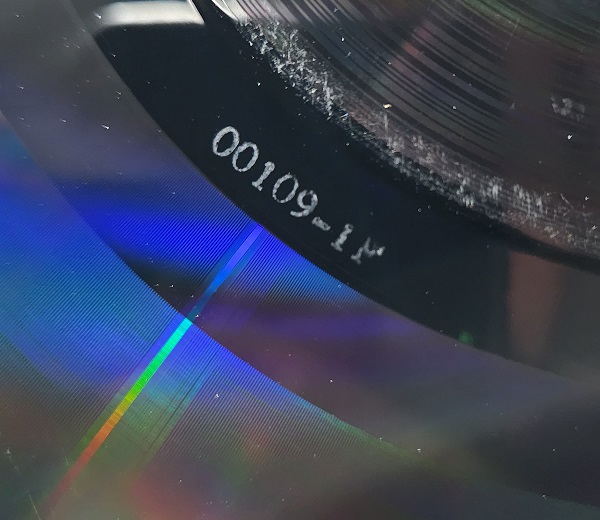
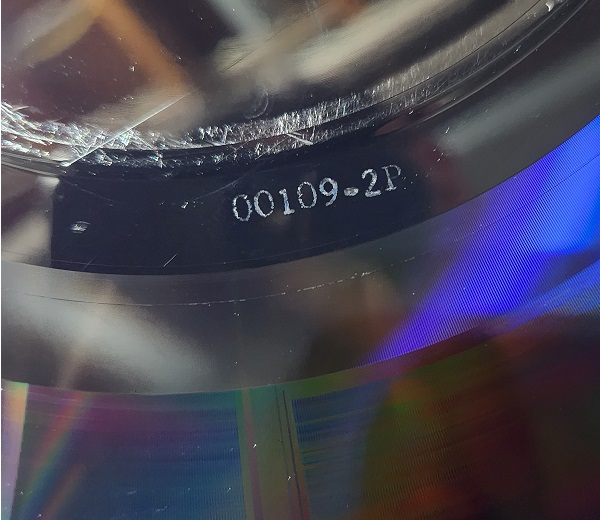
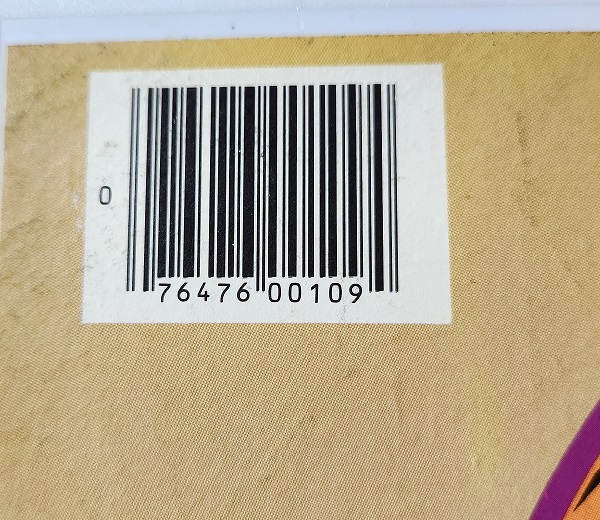
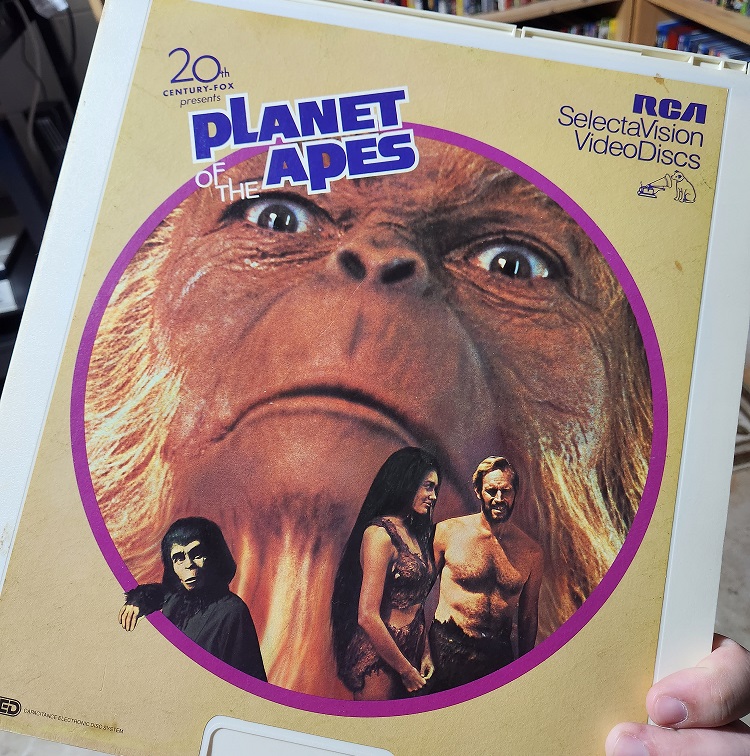
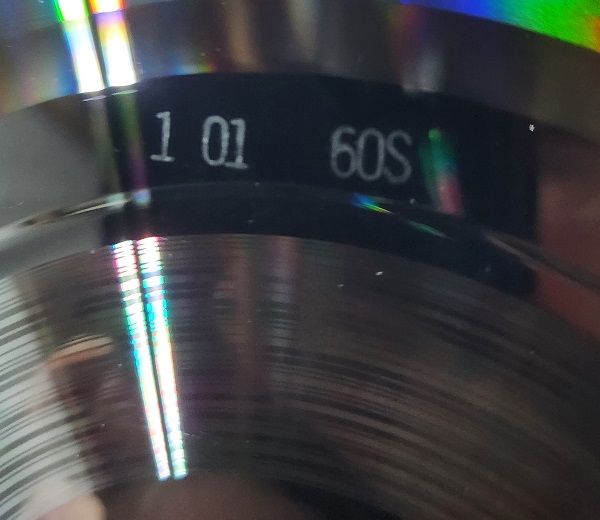
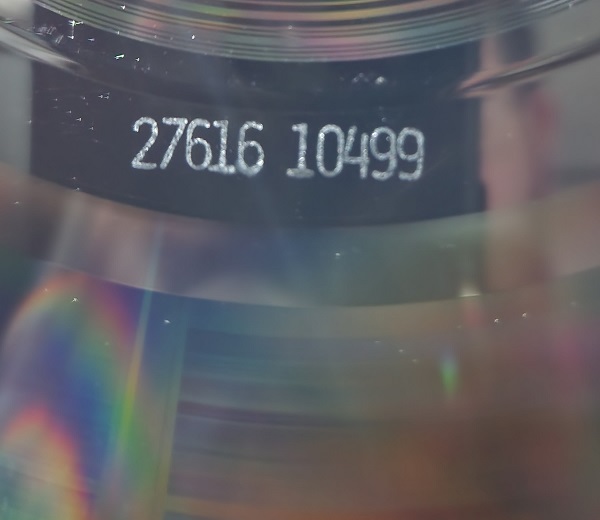
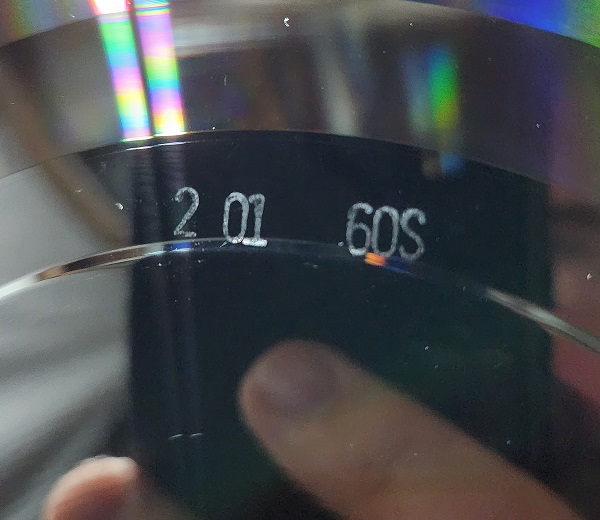
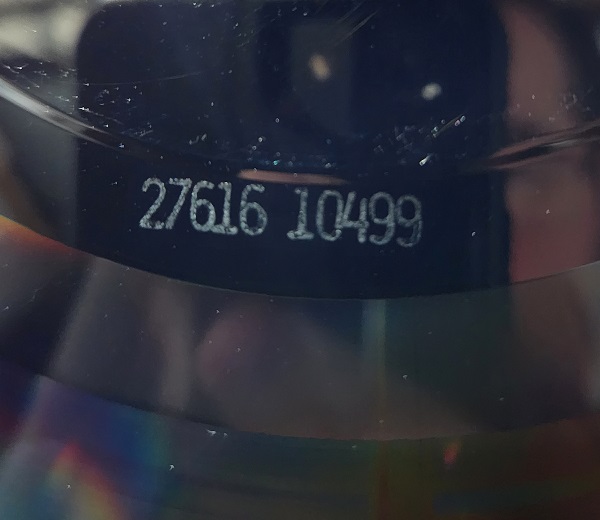
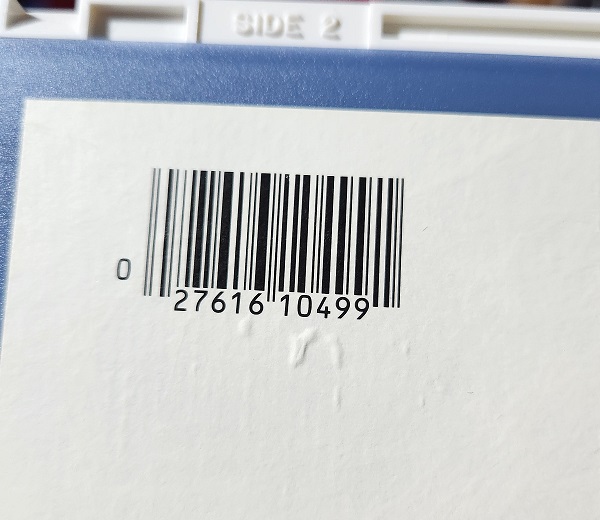
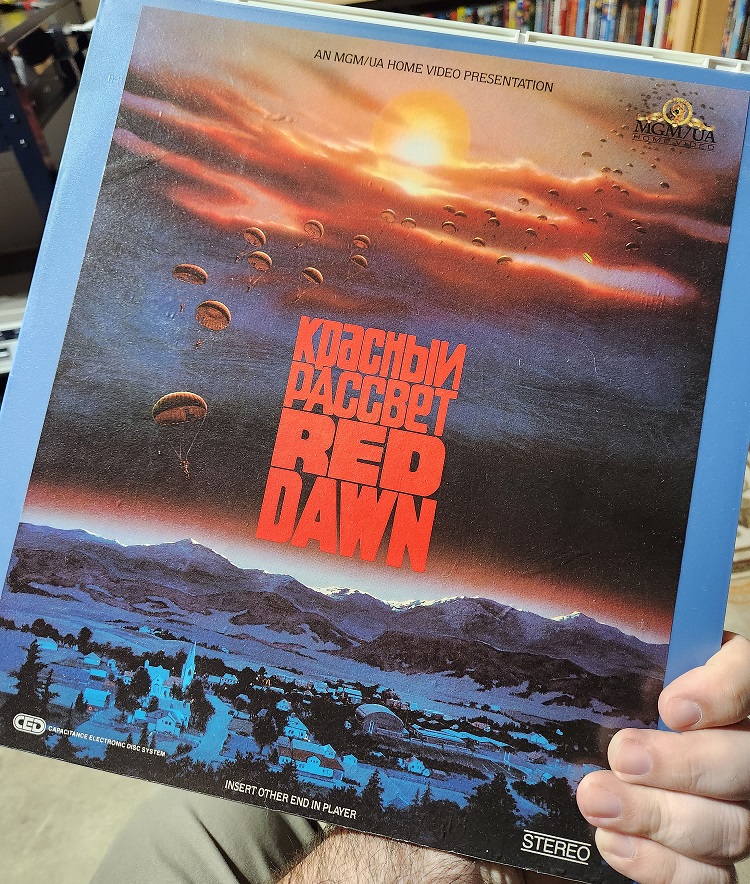
UPC Numbers
The UPC code has the studio as the prefix and the title number for the 2nd half. The studio numbers are as follows,
16476 New World Video
24543 CBS/FOX Video
25757 Warner Home Video
26359 THORN EMI Video
26476 Family Home Entertainment
27616 MGM/UA Home Video
28485 Vestron Video
37757 Paramount Home Video
42995 Embassy Home Entertainment
47897 MCA Home Video
74643 MGM/UA Home Video
75051 Pacific Arts Video Records
76476 RCA/Columbia Home Video
77080 RCA/PAL Home Video
So for example, Red Dawn above has UPC number 27616 10499, meaning it was released by MGM/UA Home Video and the title number is 10499.